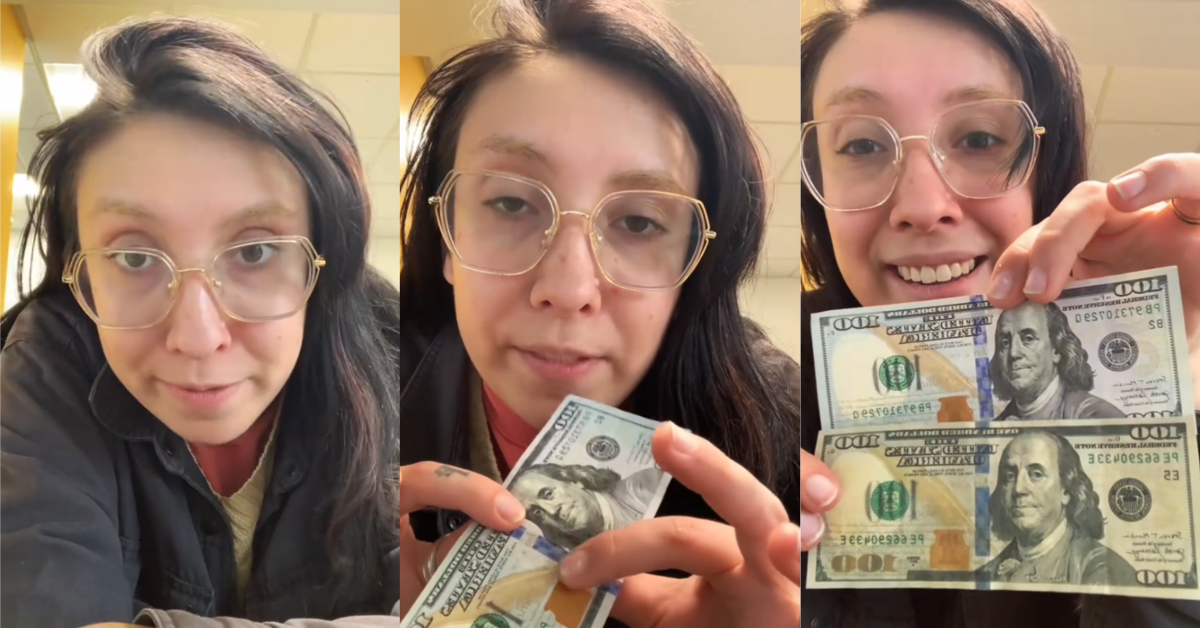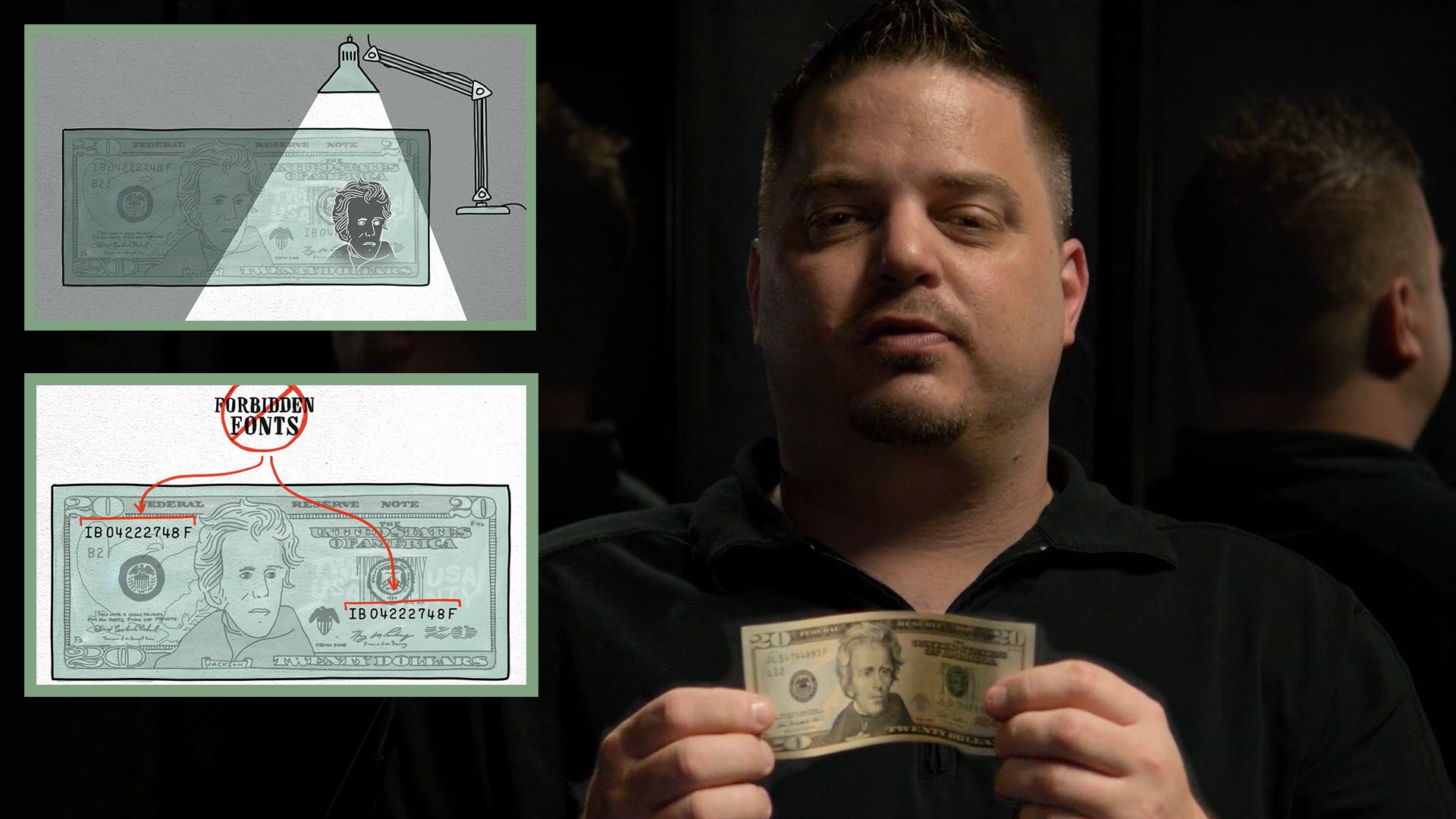Browse the Internet: Get copyright Money available from Trusted Vendors
Browse the Internet: Get copyright Money available from Trusted Vendors
Blog Article
Check Out usings Funny Money in Artistic Creations and Theatrical Performances
copyright cash, often identified with deceptiveness and illegality, holds a peculiar allure when it locates its means right into the world of staged efficiencies and imaginative creations. As we dig right into the complex uses of phony cash in these innovative domain names, we begin to discover a globe where authenticity and imitation blur, prompting us to question the very nature of worth and representation within art and efficiency.

Historic Value of Funny Money in Art
The historic significance of funny money in art is a complicated and fascinating topic that sheds light on the crossway of creative thinking, subversion, and socio-political discourse. Throughout background, artists have actually used funny money as a tool for difficult social norms, examining the worth of currency, and making powerful declarations about riches and power.
Among the most noteworthy instances of funny money in art go back to the Dada movement of the very early 20th century - copyright money for sale. Musicians such as Marcel Duchamp and Hannah Höch integrated copyright right into their works to criticize the capitalist system and discover the idea of value in a swiftly transforming world
Furthermore, during times of financial instability or political upheaval, funny money has actually been used by musicians as a type of demonstration or rebellion. By developing and distributing copyright, artists have been able to interfere with the status, difficulty authority, and provoke crucial discussions concerning the function of money in culture.
Influence of Imitation Currency on Visual Arts
Influencing the aesthetic arts landscape, phony money has actually offered as a provocative medium for musicians looking for to challenge traditional perspectives on wide range and commerce. By incorporating phony money right into their works, musicians prompt conversations on the nature of value, credibility, and societal perceptions of riches. Through the assimilation of copyright currency, visual art work can challenge customers with questions regarding the power characteristics integral in monetary systems and the impressions of prosperity. The usage of fake cash in art additionally raises moral factors to consider pertaining to the limits of artistic expression and the ramifications of duplicating lawful tender. copyright money in aesthetic arts can offer as a commentary on consumer society, materialism, and the unrelenting pursuit of wide range in contemporary culture. In general, the influence of copyright money on visual arts is multifaceted, promoting important representations on the junction of cash, art, and societal worths.
Symbolism and Meaning in Theatrical copyright Displays
Using staged copyright displays, artists employ symbolic representations to communicate much deeper meanings and stimulate thought-provoking analyses within the world of performance art. With the unification of copyright cash in theatrical productions, makers can check out themes such as greed, power, corruption, and the impression of wealth. Using copyright on stage can offer as an allegory for societal concerns, economic disparities, and the delicacy of monetary systems.
In theatrical efficiencies, the symbolic value of imitation money expands beyond its monetary well worth. It can symbolize the deceitful nature of looks, the pursuit of you can look here materialistic needs, and the repercussions of unethical habits. By using funny money as a prop, musicians can challenge audiences to examine real definition of riches and the ethical boundaries that individuals might go across in its search.
Honest Considerations being used copyright Money for Art

One significant ethical consideration is the possible lawful effects of using funny money in art. Counterfeiting money is prohibited in most nations and can review lead to serious repercussions for artists who intentionally include copyright expenses right into their job. copyright money for sale. This not just puts the artist in danger but also raises questions about promoting illegal activities with art
Furthermore, there is an honest issue pertaining to the credibility of the art work itself. Making use of funny money obscures the line between truth and replica, possibly tricking visitors and endangering the honesty of the imaginative item. Musicians must consider whether using copyright money aligns with their values and artistic objectives, weighing the possible influence on their reputation and integrity.
Future Fads in Imitation Cash Integration
Considering the advancing landscape of creative expression, the incorporation of funny money in creative jobs might witness a shift towards provocative and cutting-edge opportunities. As musicians continue to press limits and explore brand-new mediums, funny money might progressively be made use of to challenge societal norms, question the worth of currency, or make effective statements concerning riches and consumerism.
One future trend in phony cash integration can be its usage in immersive art installments where audiences are urged to engage with the pieces, obscuring the lines between truth and illusion. Furthermore, improvements in technology may bring about the production of hyper-realistic copyright cash that is essentially equivalent from real currency, opening opportunities for much more intricate and in-depth art work.
Furthermore, partnerships between counterfeiters and musicians could result in special items that combine standard imaginative techniques with the workmanship of producing copyright. Nonetheless, ethical a knockout post considerations bordering the validity and principles of utilizing phony money in art will certainly remain to be a factor of opinion as these future trends unfold.
Conclusion
In final thought, the uses of copyright money in artistic developments and theatrical performances have a long history and proceed to be a source of motivation for artists. The combination of copyright in art is most likely to proceed advancing in the future.
On the whole, the influence of phony currency on visual arts is multifaceted, stimulating vital representations on the crossway of money, art, and social worths.

In verdict, the usages of fake cash in theatrical efficiencies and imaginative creations have a long background and continue to be a source of motivation for musicians. Ethical considerations need to be taken right into account when using copyright cash for imaginative purposes. The combination of fake cash in art is likely to continue progressing in the future.
Report this page